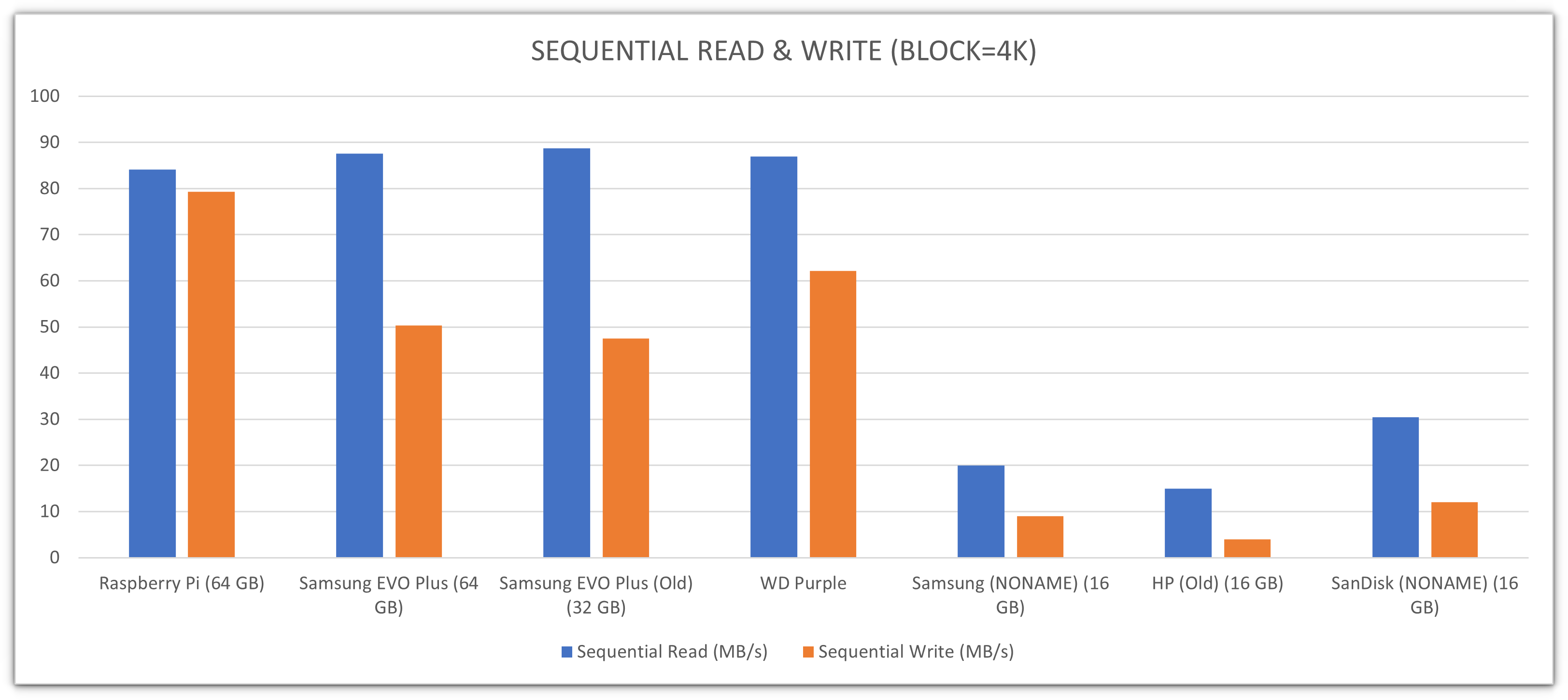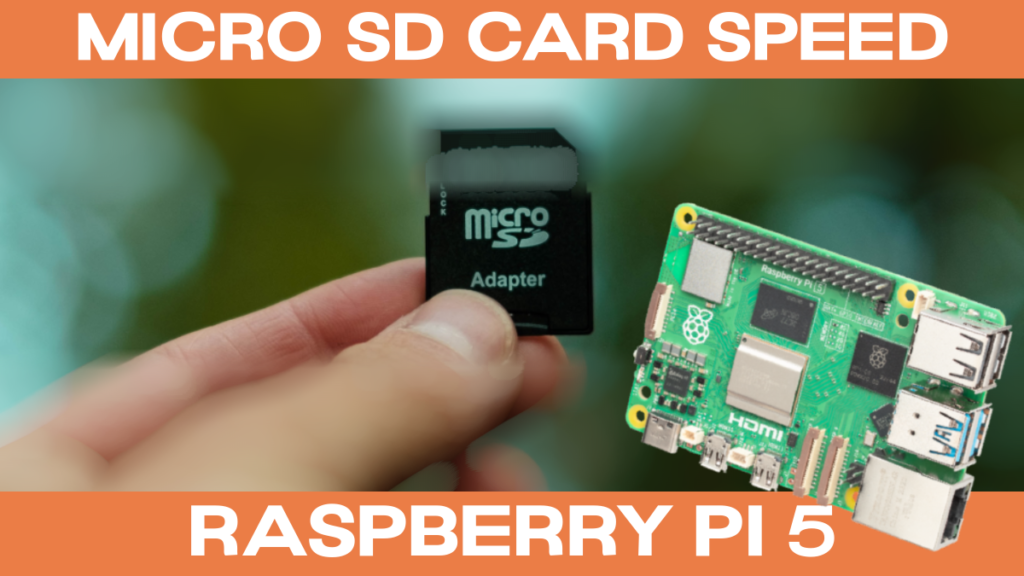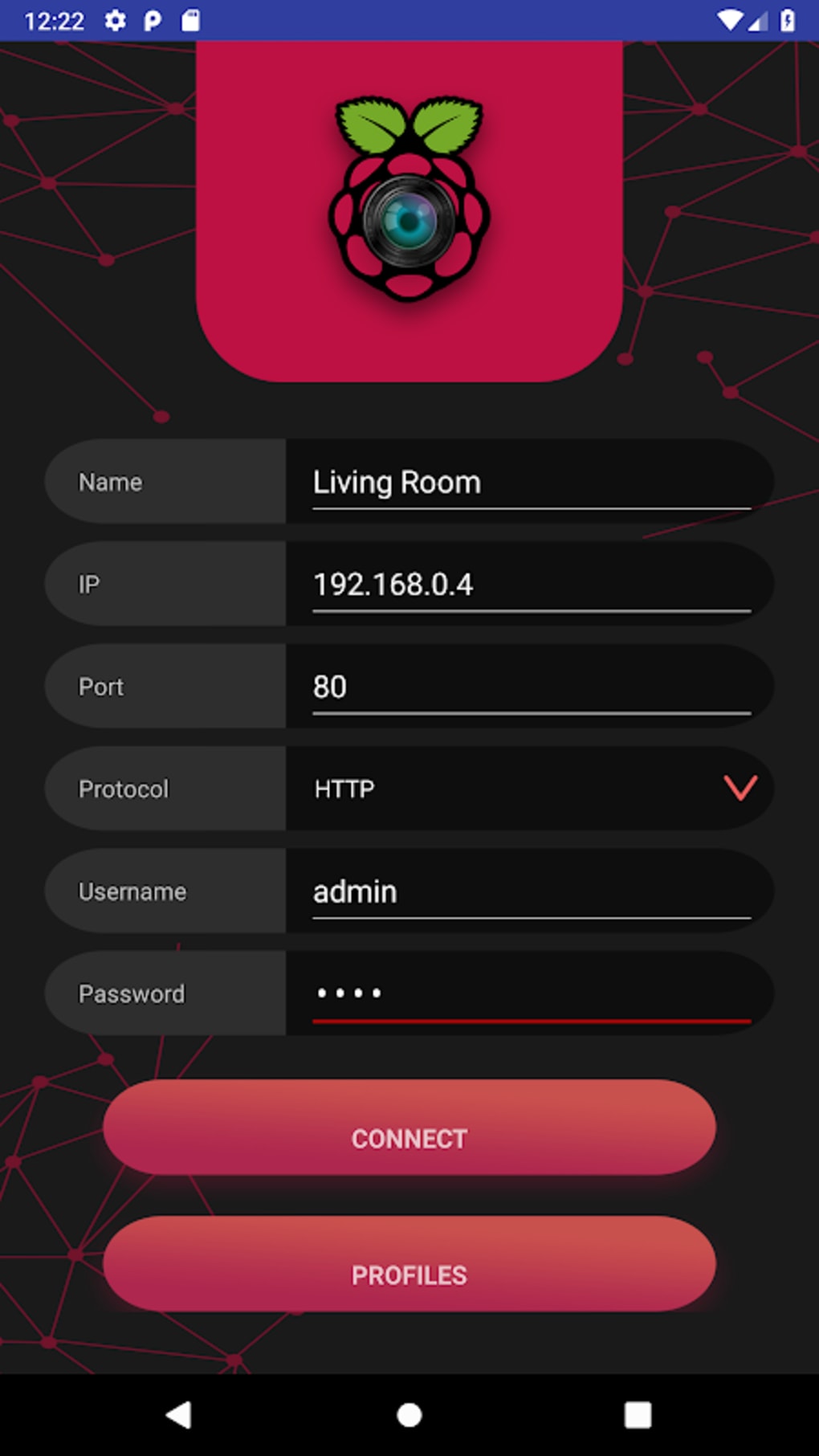Hey there, tech wizards! Are you tired of constantly checking your Raspberry Pi’s SD card health manually? Well, you’re in the right place. In this article, we’ll dive deep into remote monitoring Raspberry Pi SD card for free without breaking a sweat. Whether you’re a seasoned pro or a newbie, this guide will have something for everyone. So, buckle up, and let’s get started!
Let’s face it, keeping tabs on your Raspberry Pi’s SD card is crucial if you want to avoid unexpected crashes or data loss. But who has the time to sit in front of their device all day, right? That’s where remote monitoring comes in handy. It’s like having a personal assistant who keeps an eye on your Pi’s health while you focus on more important stuff.
Now, you might be wondering, “Can I really monitor my Raspberry Pi SD card remotely for free?” The answer is a resounding YES! There are plenty of tools and methods out there that can help you keep your Pi in check without spending a dime. Stick around, and we’ll show you how to do it like a pro.
Read also:Kim Kardashians Dazzling 2024 Met Gala Look
Why Remote Monitoring Raspberry Pi SD Card Matters
First things first, why should you even bother with remote monitoring? Well, here’s the deal. Your Raspberry Pi relies heavily on its SD card to function properly. Think of the SD card as the heart of your Pi. If it fails, your entire project could go down the drain. By monitoring it remotely, you can catch potential issues before they become major headaches.
And guess what? You don’t need fancy software or expensive subscriptions to do it. There are tons of free tools and techniques that can help you keep your Pi’s SD card in top shape. So, whether you’re running a home server, a media center, or a smart home system, remote monitoring is a must-have in your toolkit.
Common SD Card Issues to Watch Out For
Before we dive into the nitty-gritty of remote monitoring, let’s take a quick look at some common SD card issues you might encounter:
- Corruption: This happens when data on the card gets scrambled or lost.
- Overheating: SD cards can overheat if they’re working too hard, leading to performance issues.
- Wear and Tear: Like any other storage device, SD cards have a limited lifespan.
- Filesystem Errors: These can occur if the card isn’t properly ejected or if there’s a power outage.
By monitoring your SD card remotely, you can catch these issues early and take action before they cause serious problems.
Free Tools for Remote Monitoring Raspberry Pi SD Card
Alright, let’s get down to business. Here are some of the best free tools you can use to monitor your Raspberry Pi’s SD card remotely:
1. SSH (Secure Shell)
SSH is a powerful tool that allows you to connect to your Raspberry Pi from anywhere in the world. With SSH, you can run commands to check your SD card’s health, monitor disk usage, and even reboot your Pi if needed. It’s like having a remote control for your device.
Read also:Bhad Bhabies Onlyfans Success Leaks
2. Webmin
Webmin is a web-based interface that makes it easy to manage your Raspberry Pi. You can use it to monitor disk usage, check system logs, and even set up alerts for potential issues. Plus, it’s free and easy to install, so there’s no excuse not to give it a try.
3. Raspi-Monitor
Raspi-Monitor is a lightweight tool specifically designed for Raspberry Pi users. It provides real-time monitoring of CPU usage, memory usage, and disk health. You can access it via a web browser, making it super convenient for remote monitoring.
Step-by-Step Guide to Setting Up Remote Monitoring
Now that you know some of the tools you can use, let’s walk through the process of setting up remote monitoring for your Raspberry Pi’s SD card. Don’t worry, it’s easier than you think.
Step 1: Enable SSH on Your Raspberry Pi
To get started, you’ll need to enable SSH on your Raspberry Pi. Here’s how:
- Open the Raspberry Pi Configuration tool.
- Go to the Interfaces tab.
- Select SSH and choose “Enable.”
- Reboot your Pi to apply the changes.
Step 2: Install Webmin
Once SSH is enabled, you can install Webmin to make remote monitoring even easier. Here’s how:
- Open a terminal window on your Pi.
- Run the command: sudo apt-get update.
- Then run: sudo apt-get install webmin.
- Follow the prompts to complete the installation.
Step 3: Set Up Alerts
With Webmin installed, you can set up alerts to notify you of potential issues. Here’s how:
- Log in to Webmin via your web browser.
- Go to the System tab and select Disk and Network Filesystems.
- Set up alerts for disk usage, filesystem errors, and other important metrics.
Advanced Techniques for Remote Monitoring
Once you’ve got the basics down, you can start exploring some advanced techniques to take your remote monitoring to the next level. Here are a few ideas:
1. Use Cron Jobs
Cron jobs allow you to schedule tasks to run automatically at specific intervals. You can use them to check your SD card’s health on a regular basis and send you an email if there are any issues.
2. Monitor Temperature
Overheating can be a big problem for SD cards. By monitoring your Pi’s temperature, you can take action before things get too hot. Tools like vcgencmd can help you keep an eye on things.
3. Set Up a Dashboard
For a more visual approach, you can set up a dashboard to display key metrics about your Pi’s SD card. Tools like Grafana can help you create a custom dashboard that’s easy to read and understand.
Troubleshooting Common Issues
Even with the best monitoring tools, issues can still arise. Here are some common problems and how to fix them:
1. Corrupted SD Card
If your SD card becomes corrupted, you may need to reformat it or restore a backup. Make sure you have regular backups in place to avoid data loss.
2. High Disk Usage
If your SD card is running out of space, you can try clearing out unnecessary files or expanding the filesystem to free up more space.
3. Slow Performance
If your Pi is running slow, it could be due to a failing SD card. Try running a disk check to identify and fix any issues.
Conclusion
So there you have it, folks. Remote monitoring your Raspberry Pi’s SD card doesn’t have to be a hassle. With the right tools and techniques, you can keep your Pi running smoothly without lifting a finger. And the best part? You can do it all for free!
Now it’s your turn. Have you tried any of these methods? Do you have any tips or tricks of your own? Let us know in the comments below. And don’t forget to share this article with your fellow tech enthusiasts. Together, we can keep our Raspberry Pi projects running like clockwork!
Thanks for reading, and happy monitoring!
Table of Contents


